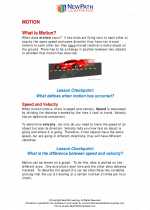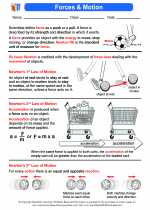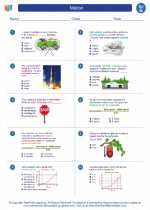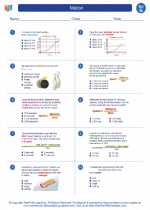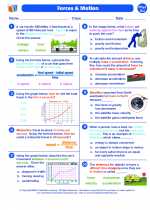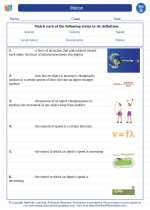Electrical Energy
Electrical energy is the energy that is caused by the movement of electric charges. It is a form of energy that is essential for powering various devices and systems in our daily lives. Understanding electrical energy is important in the study of physics and engineering.
Key Concepts
- Electric Charge: Electric charge is a fundamental property of matter. It can be positive or negative, and like charges repel each other while opposite charges attract.
- Current: Electric current is the flow of electric charge. It is measured in amperes (A) and is the rate at which electric charges move through a conductor.
- Voltage: Voltage, also known as electric potential difference, is the driving force that pushes electric charges through a circuit. It is measured in volts (V).
- Resistance: Resistance is the opposition to the flow of electric current in a material. It is measured in ohms (Ω).
- Ohm's Law: Ohm's Law states that the current through a conductor between two points is directly proportional to the voltage across the two points, and inversely proportional to the resistance between them.
- Electrical Power: Electrical power is the rate at which electrical energy is transferred by an electric circuit. It is measured in watts (W).
Study Guide
When studying electrical energy, it's important to understand the relationships between electric charge, current, voltage, and resistance. Here are some key points to focus on:
- Define electric charge and explain the properties of positive and negative charges.
- Describe the concept of electric current and its measurement in amperes.
- Explain voltage and its role in driving electric charges in a circuit.
- Discuss the factors that affect resistance in a circuit and how it is measured in ohms.
- Apply Ohm's Law to calculate the current, voltage, or resistance in a simple circuit.
- Understand the concept of electrical power and how it relates to voltage and current in a circuit.
By mastering these concepts, you will have a solid understanding of electrical energy and its applications in various electrical systems and devices.
.